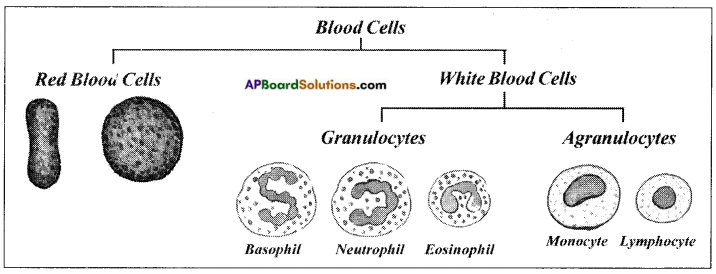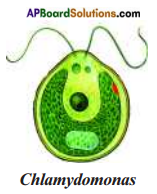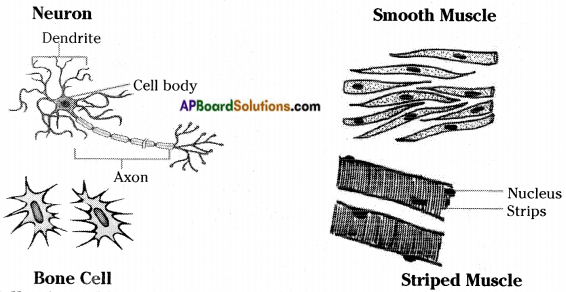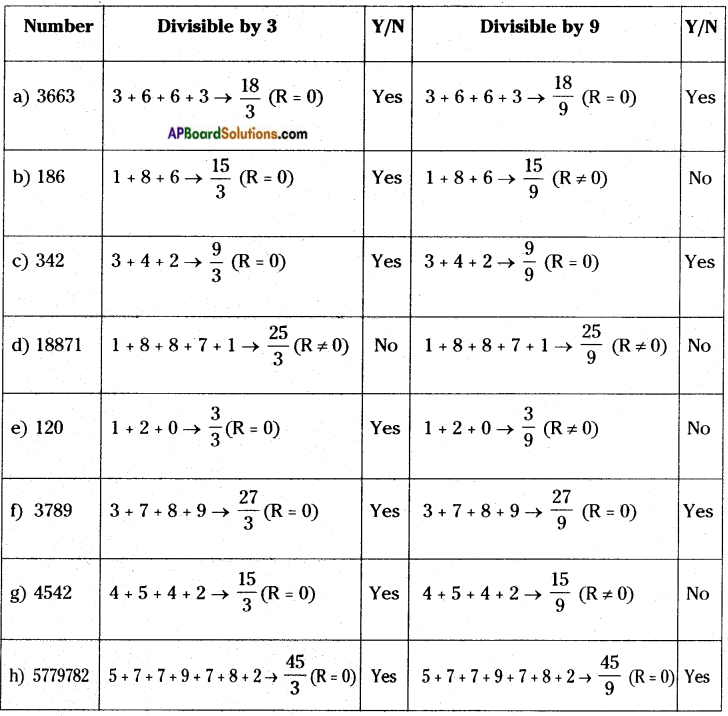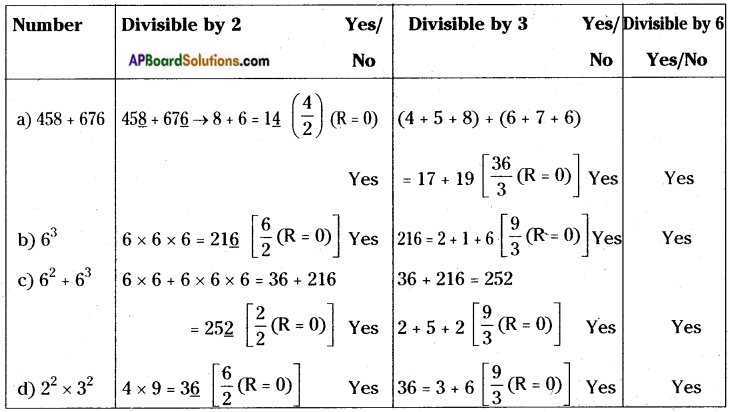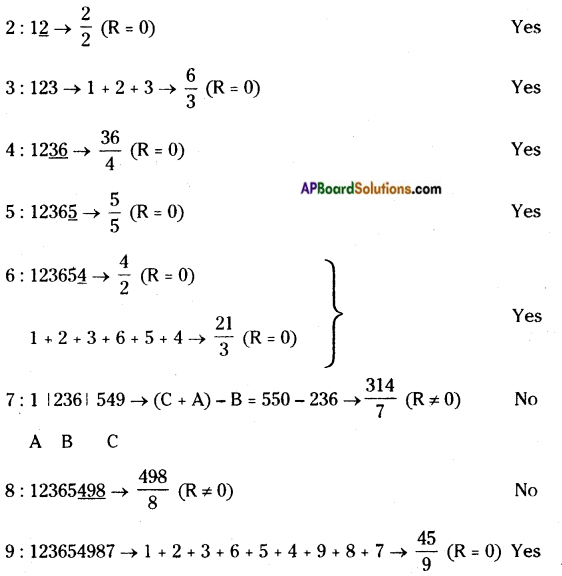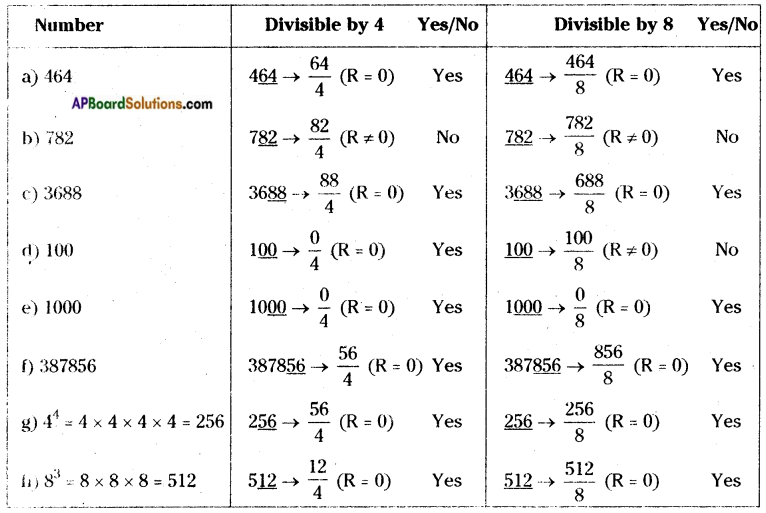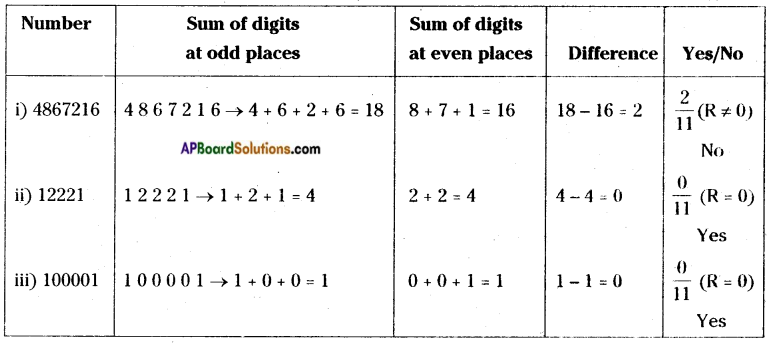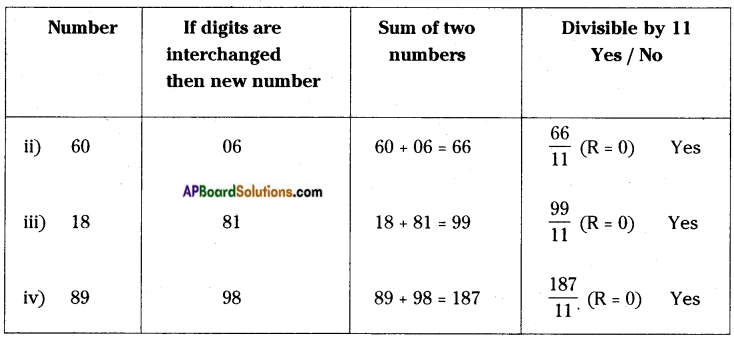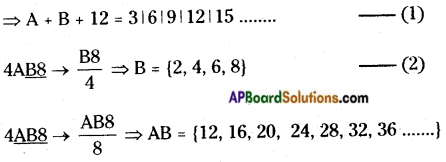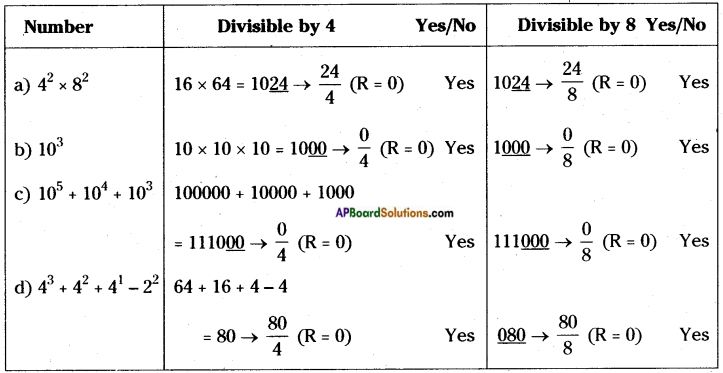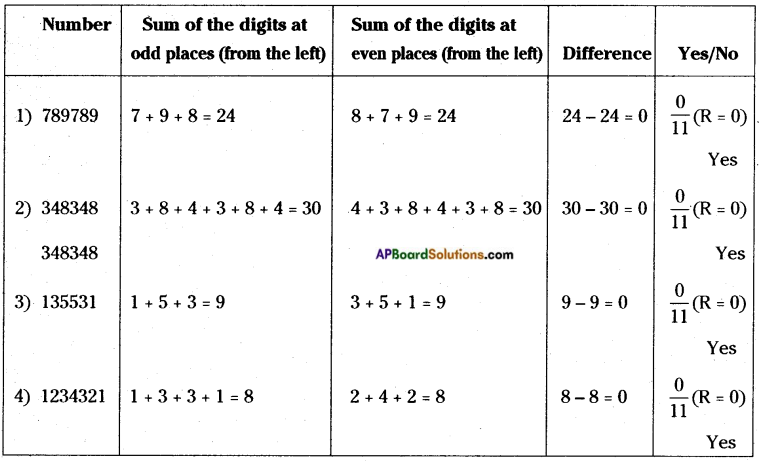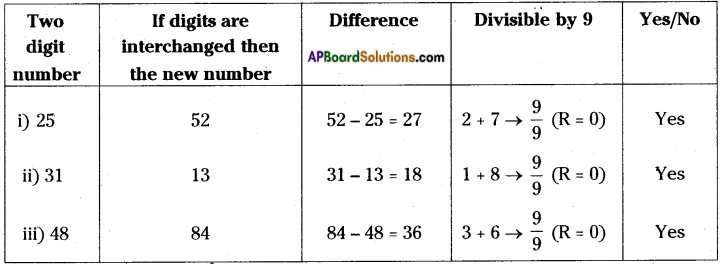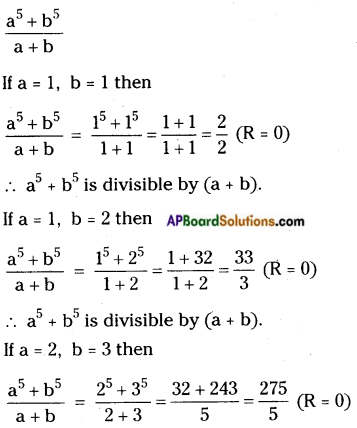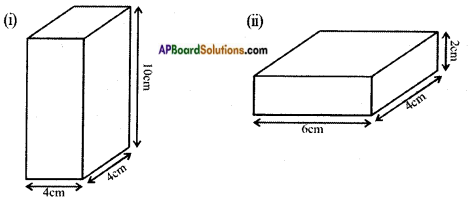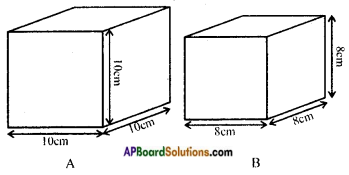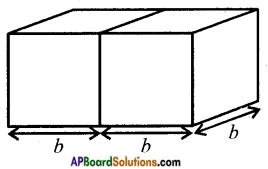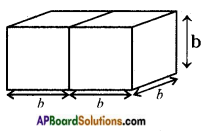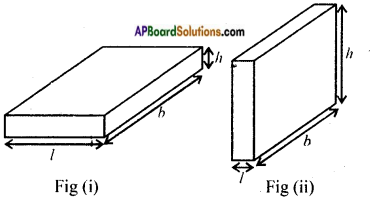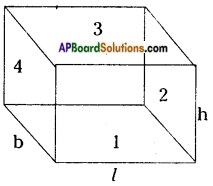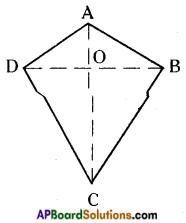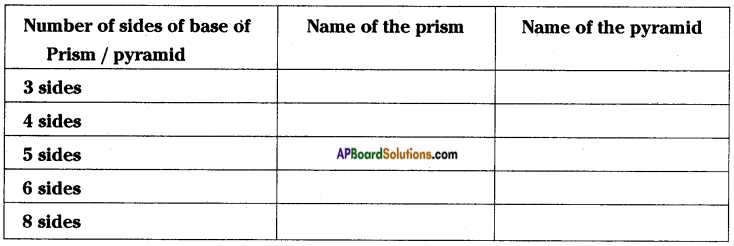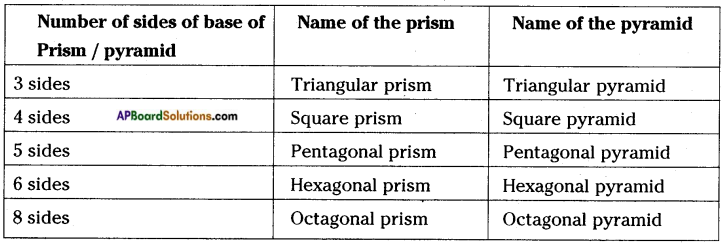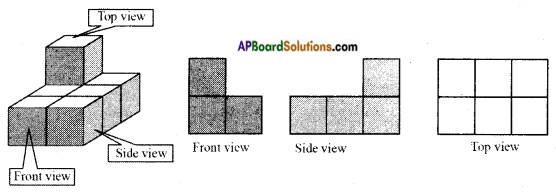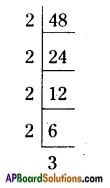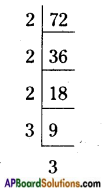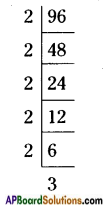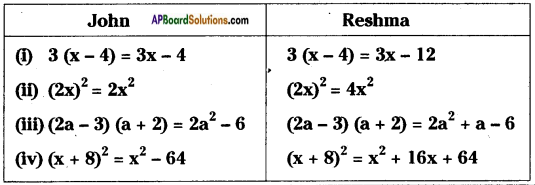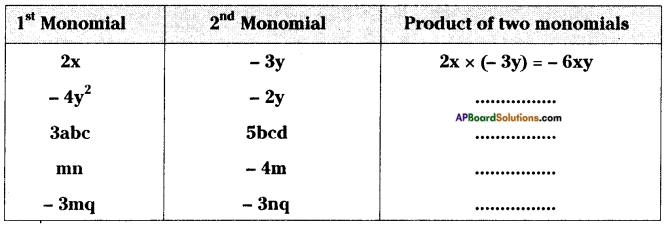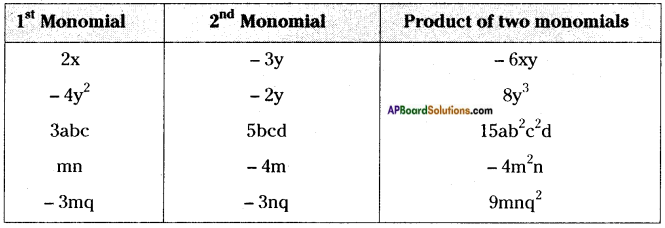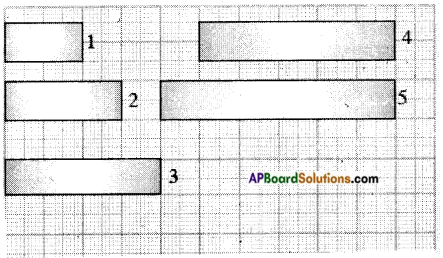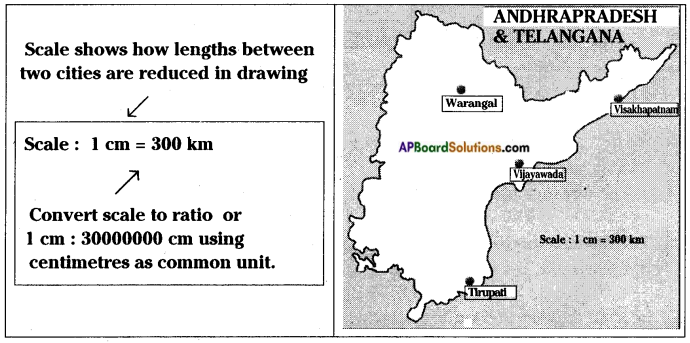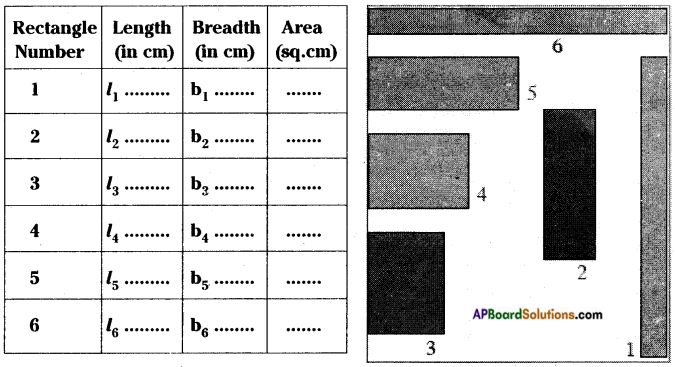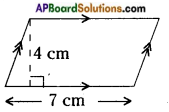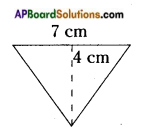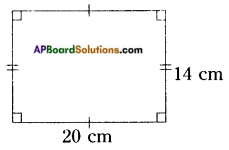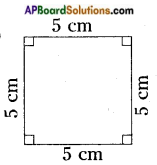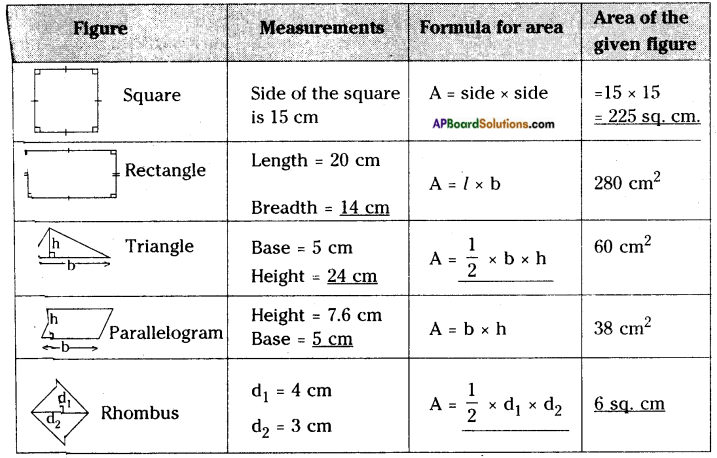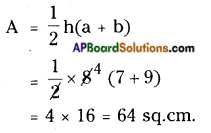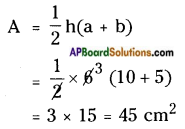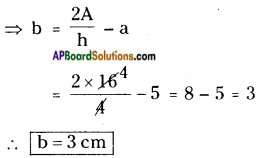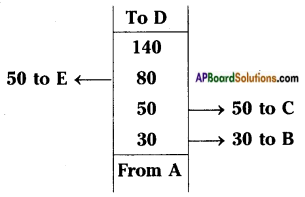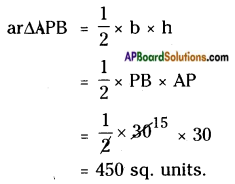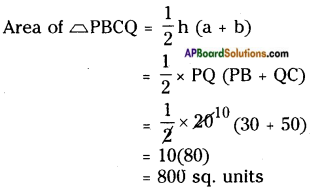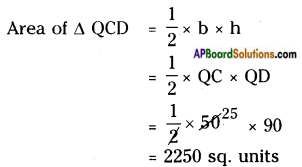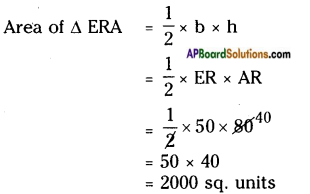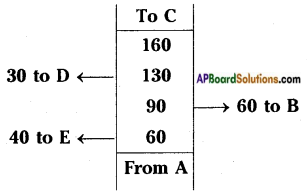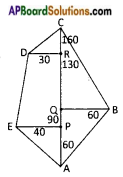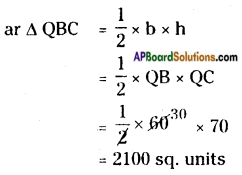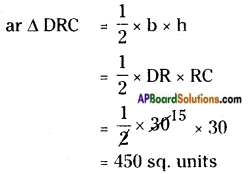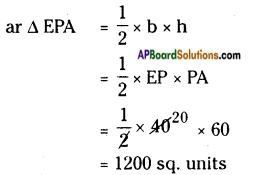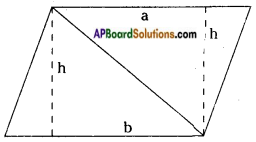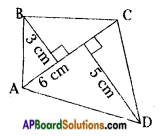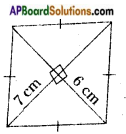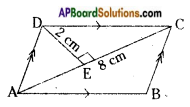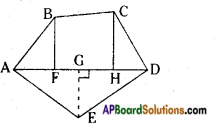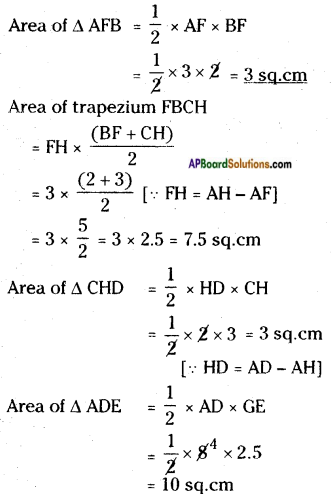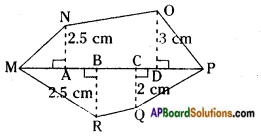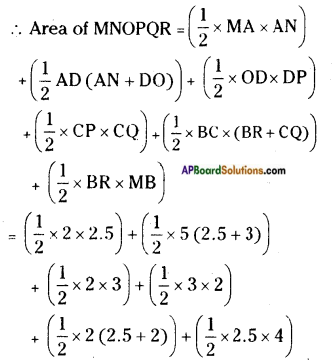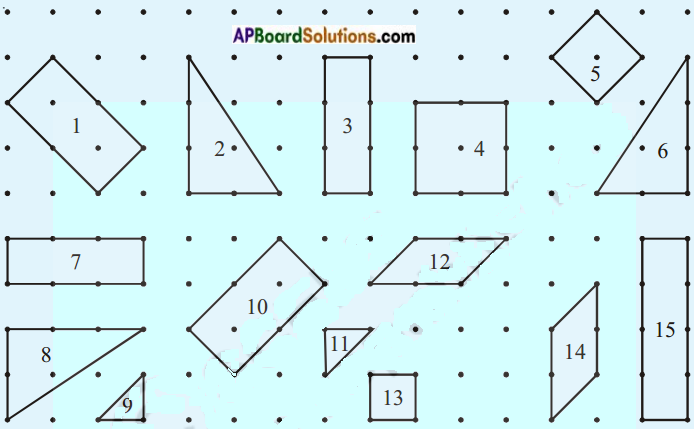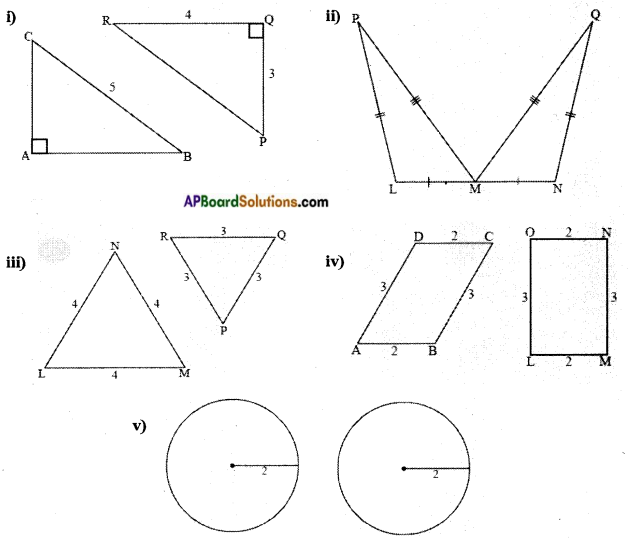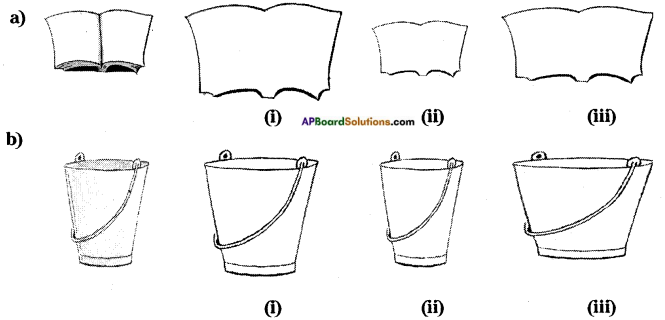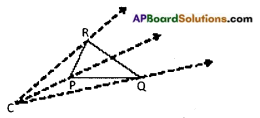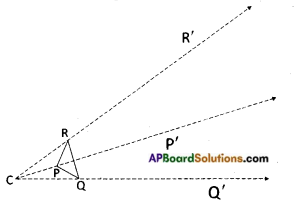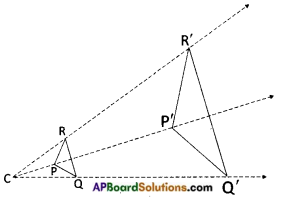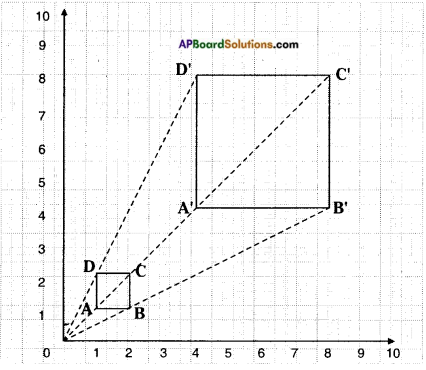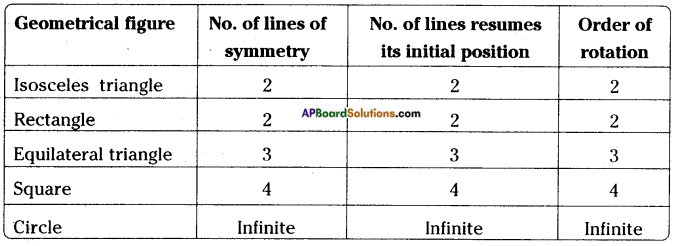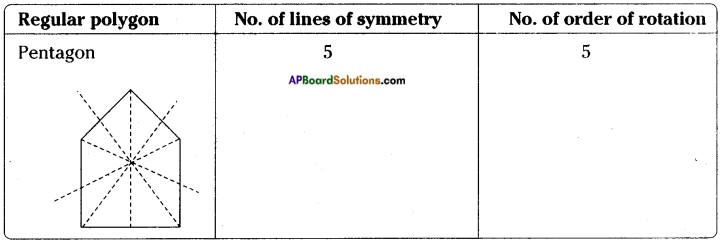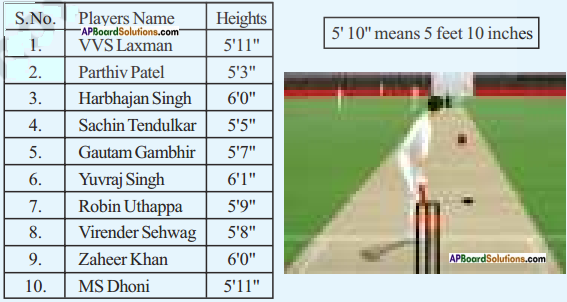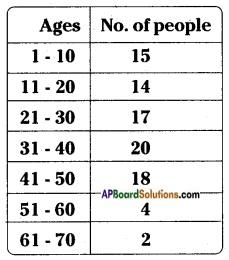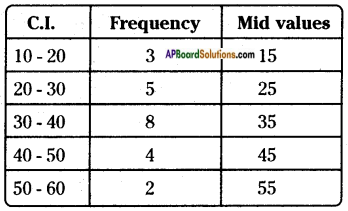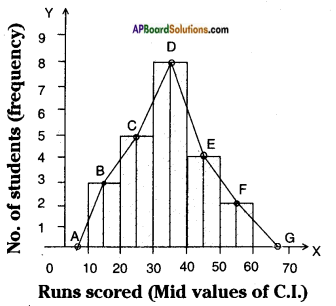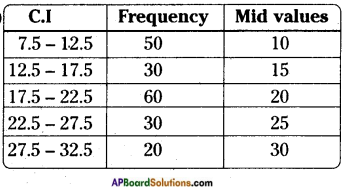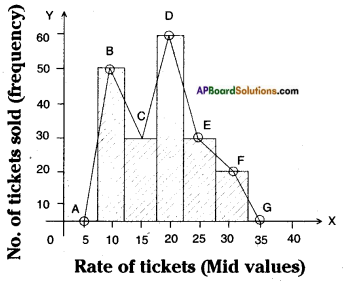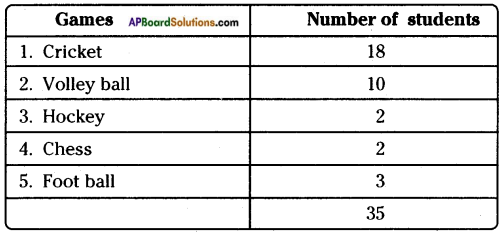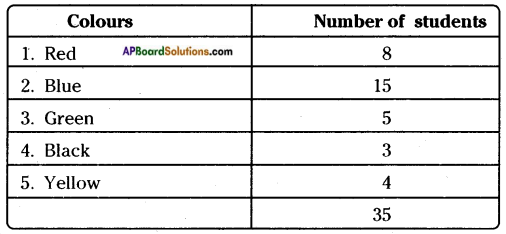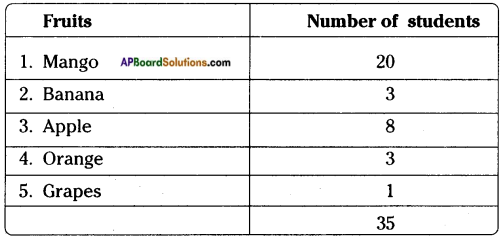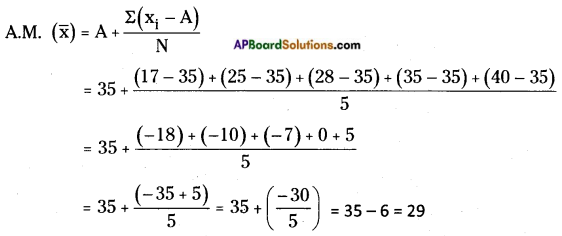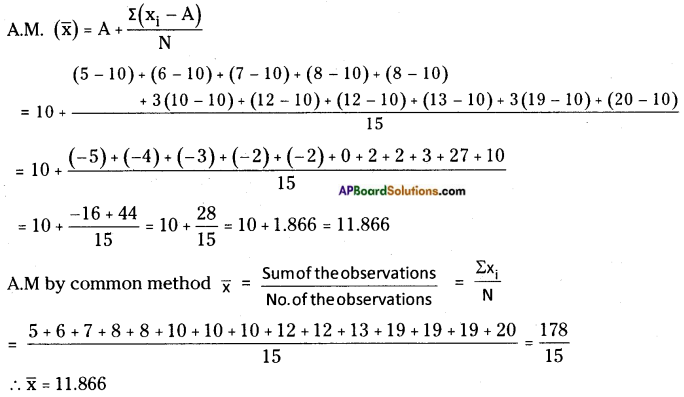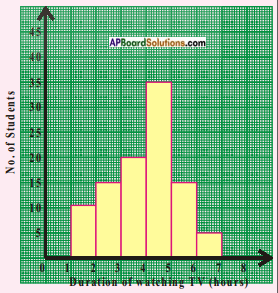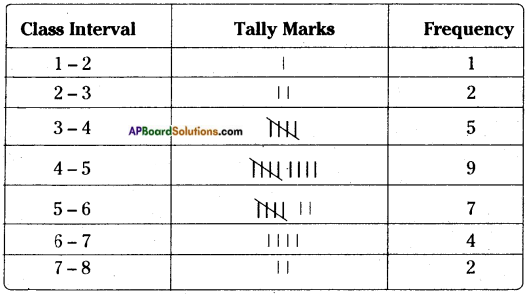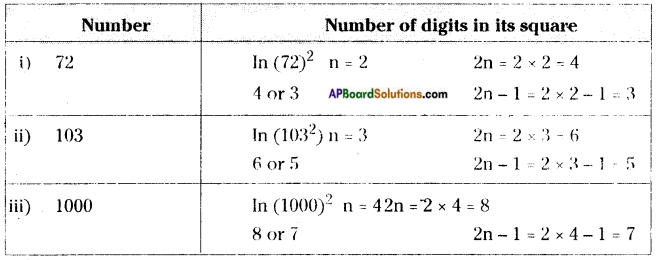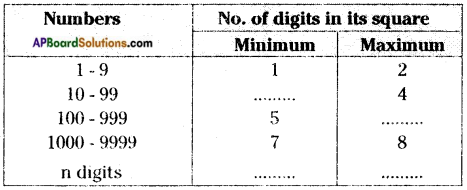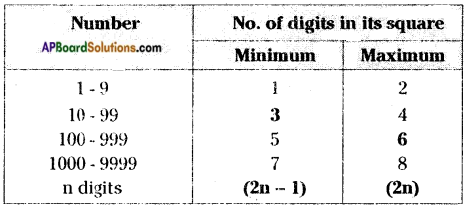AP State Syllabus AP Board 8th Class Biology Solutions Chapter 3 Story of Microorganisms 1 Textbook Questions and Answers.
AP State Syllabus 8th Class Biology Solutions 3rd Lesson Story of Microorganisms 1
8th Class Biology 3rd Lesson Story of Microorganisms 1 Textbook Questions and Answers
Improve Your Learning
Question 1.
Which organisms are interlinked between living and non-living organisms? Why do you think so?
Answer:
Viruses are an interesting type of microorganisms. They usually made up of crystalized proteins. They behave like nonliving things when they are outside of a living cell. But they behave like living organisms when they are inside host living cells and reproduce just like bacteria. Hence viruses can also call as connecting links between living and nonliving things.
![]()
Question 2.
What are microorganisms? Where do you find them?
Answer:
We can see several organisms in our surroundings but we cannot see many of them with our unaided eyes. They can be seen only with the help of microscope only. They are called microorganisms. They can found in air, water, soil and all living organisms.
Question 3.
What type of microorganisms we can observe in pond water?
Answer:
Usually pond water contains bacteria, phytoplanktons, algal members, fungi, rotifers, hydra etc. Collect some pond water with greenish scrapings on a slide and we can observe different algal members like Spirogyra, Chara and Chlamydomonas through the microscope.

Question 4.
Whether microorganisms are useful or harmful. How? Explain.
Answer:
- Microorganisms are useful and some are harmful.
- Some microorganisms are useful in formation process, medicine preparation and increase soil fertility.
- Some microorganisms are harmful by causing diseases and spoling food items.
![]()
Question 5.
How are the human actions causing the death of useful bacteria and fungi? What will happen if it continuous?
Answer:
- Soil is highly rich in microorganisms such a bacteria, fungi, protozoa, micro arthropods.
- The top eight inches of soil of one acre many contain as much as five and half tons of fungi and bacteria.
- This is very much useful for growing crops.
- Excess use of pesticides kills these bacteria.
- Thus human actions causing death of useful bacteria and fungi.
- If it happens continue, then it causes to ecological imbalance.
Question 6.
Why the cooked food spoil soon but not uncooked food ? Give your reasons.
Answer:
- Cooking of food items makes the proteins in the food materials coagulate.
- It also degrades the protective surface of the food.
- Thus the cooked foods can be easily inhabited by microoganisms.
- So they can be spoiled in less time than the uncooked food.
Question 7.
What questions would you like to ask your teacher to know about different shapes of bacteria ?
Answer:
- Where can we find bacteria?
- How can we see bacteria?
- What do we call the round shaped bacteria?
- What do we call the spring shaped bacteria?
- What is the name of coma shape bacteria?
- How many types of bacteria do we find in nature?
- What is the shape of Lactobacillus bacteria? How is it useful?
- How is septicemia bacteria harmful?
- Which type of bacteria is responsible for food poisoning?
- Which bacteria is present in root nodules of leguminous plants? How do they useful?
- Name the bacteria that causes leprosy.
- Which type of bacteria is responsible for tuberculosis?
- What is the shape of Bacillus thuringiensis bacteria how is it useful to plants?
- What is the shape of staphylococci bacteria? In what way it affect the health of people?
![]()
Question 8.
What will happen if you add buttermilk to chilled milk?
Answer:
- Lacto bacillus bacteria is responsible for the formation of curd.
- When we add buttermilk to luke warm milk it takes 2 or 3 hours time to form curd.
- But if we add buttermilk to chilled milk it takes more time or curd would not form.
- Curdling indicates that the increase in number of bacteria in milk.
- In chilled condition the number of bacteria do not increase in number there by curd would not be formed.
Question 9.
How do you observe Lactobacillus bacterium?
Answer:
Take one or two drops of buttermilk on a slide and spread it. Heat the slide slightly on a lamp (3-4 sec¬onds). Add a few drops of crystal violet. Leave it for 30-60 seconds and wash the slide gently with water.
Observe the slide under the Compound Microscope to see the Lactobacillus bacterium.

Question 10.
Visit any bakery or milk chilling center near your school with the help of your teacher or parents. Learn about some techniques to culture and usage of some Microorganisms and prepare a note on them.
Answer:
The Milk Collection Station is a specially designed, integrated unit, which combines the several functions of a milk collection centre. It measures the weight, fat content and gives the price of the milk brought in by the each producer. The equipment is particularly useful for the milk cooperatives / milk collection centres as it can also maintain a summary of milk supplied. This state of the art equipment operates both on battery and mains and is able to process and record 120-150 milk collection per hour. An Electronic Milk weighing Unit, the Electronic Milk Tester and Data Processor Unit are main components of the system. The membership code of individual mem¬bers is entered automatically by member identity card / manually by an electronic key-board.
![]()
Question 11.
Observe some permanent slides of microorganisms in your school lab with the help of microscope. Draw its picture.
Answer:

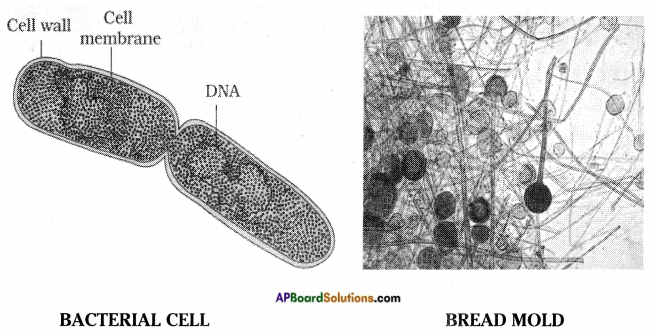
Question 12.
Prepare a model of any microorganism. And write a note on them.
Answer:
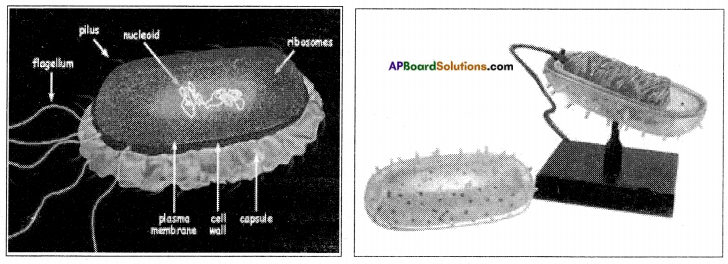
Question 13.
Why should we clean our hands with soap before eating ?
Answer:
- We touch the objects.
- Microbes are present on them.
- When we touch them, they will inhabit our hands.
- Washing our hands with soap kills all the microbes.
- And makes our hands clean and hygenic.
- So we should clean our hands with soap before eating.
8th Class Biology 3rd Lesson Story of Microorganisms 1 Activities
Activity – 2
![]()
Question 1.
Identify the fungi present, in rotten vegetables.
Answer:
Take some rotten part of vegetable or black spoiled part of bread or coconut with help of a needle on a slide, Put a drop of water. Place a cover slip on it and we can see the following microorganisms through microscope.

Activity – 6
Question 2.
Observe different soil microorganisms through microscope and draw rough sketches.
Answer:
Collect some soil from the field in a beaker or in a glass. Add some water to it and stir it. Wait for some time to allow the soil particles to settle down. Take a drop of water on a slide and we can observe the following microorganisms.






